Daimyo Kaikyu Ken Handachi Oroshigane (Daimyo Class Sword)
What is a “handachi”? A handachi is similar to a tachi but without the “ashi” (hangers). Handachi translates to half-tachi. So it’s a half katana, half tachi hybrid in appearance. It is worn and displayed edge up. Unlike the tachi, which is worn and displayed edge down due to the hangers on the saya.
The tsuba is made of blackened iron, while the other fittings are made of antiqued brass. The red copper habaki features yoko-yasuri style (decorative file marks). The saya has a black lacquer finish inlaid with ‘raden’ (mother of pearl and abalone shells).
SPECIFICATIONS
• Blade Material: Oroshigane
• Blade Polish: Sashikomi style
• Edge: Fully sharpened
• Treatment: Hand Forged, Differentially Hardened, Heat Treated & Tempered, Water Quenched
• Overall Length w/o saya: 39.5 inches
• Blade Length: 27.5 inches
• Tsuka: 10.75 inches wood wrapped with hishigami
• Saya: 31.5 inches black lacquered finish with raden inlay (mother of pearl and abalone shells)
• Tsuba: Iron
• Habaki / Seppa: Red copper
• Fuchi / Kabuto-gane / Menuki / Kojiri / Semegane / Kurikata / Kuchi-gane: Brass
• Tsukaito: Black silk imported from Japan
• Sageo: Black silk kakucho sageo imported from Japan
• Mekugi: 1 bamboo peg
• Samegawa: Real ray skin panels
• Nakago: Full tang
• Hamon: Real/natural “suguha”(straight) pattern
NOTES
• Specs may vary slightly from sword to sword
• Can be disassembled
• Includes silk sword bag
• Packaging: carton box
Oroshigane is a steel produced and/or refined by the swordsmiths themselves, which can be steel from old nails, old iron gates, old swords, etc.
Sashikomi style is the classical style of blade polishing. The hamon is left natural and the blade is not shining like the modern style of polishing, but all the appearances of the steel come up. Sashikomi is a little more difficult to do than a Kesho finish.
S&D Unokubi Zukuri Tanto 1
S&D Nami Mitsudomoe Katana
S&D Kaiken
S&D Zatoichi Cane Sword 1
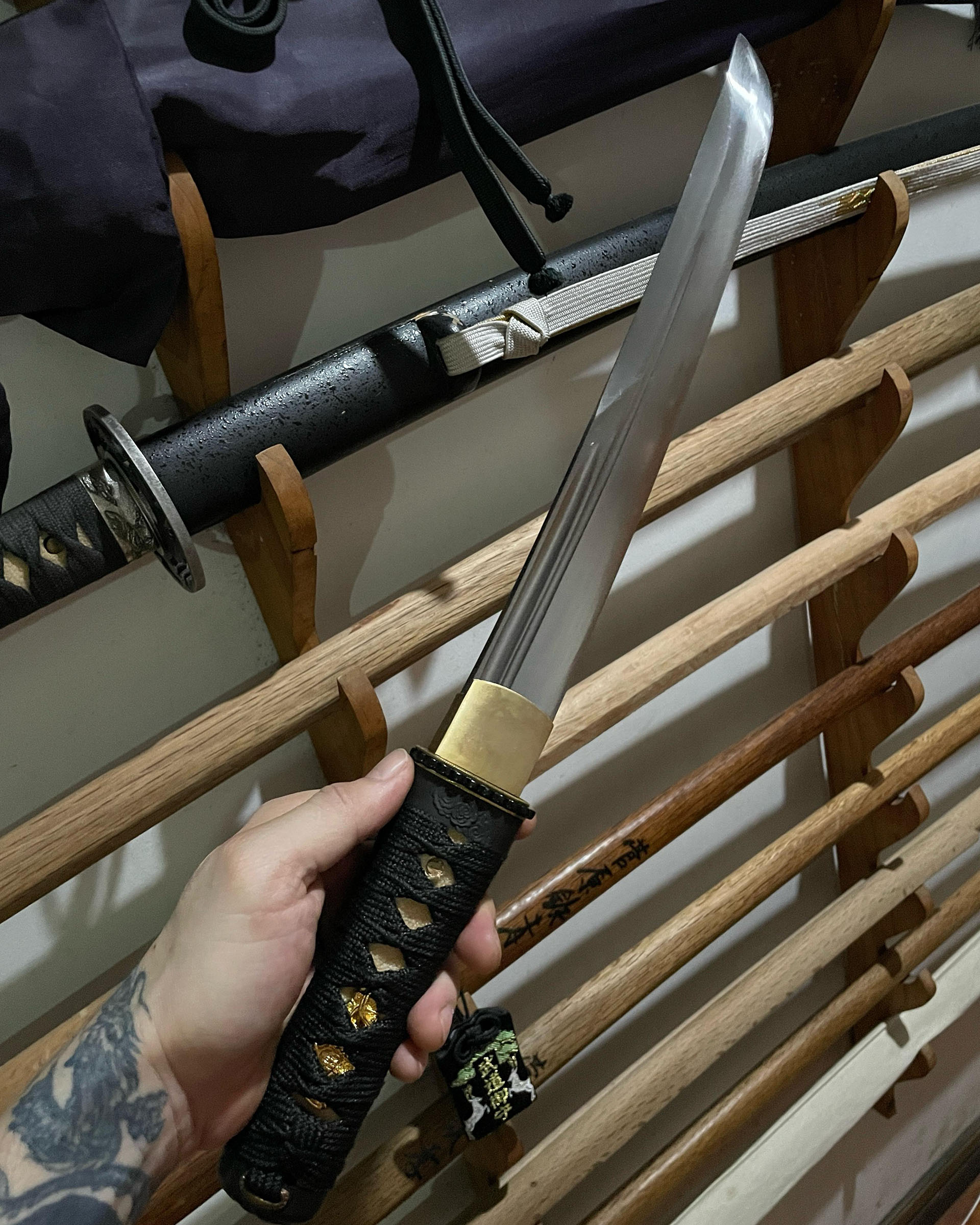
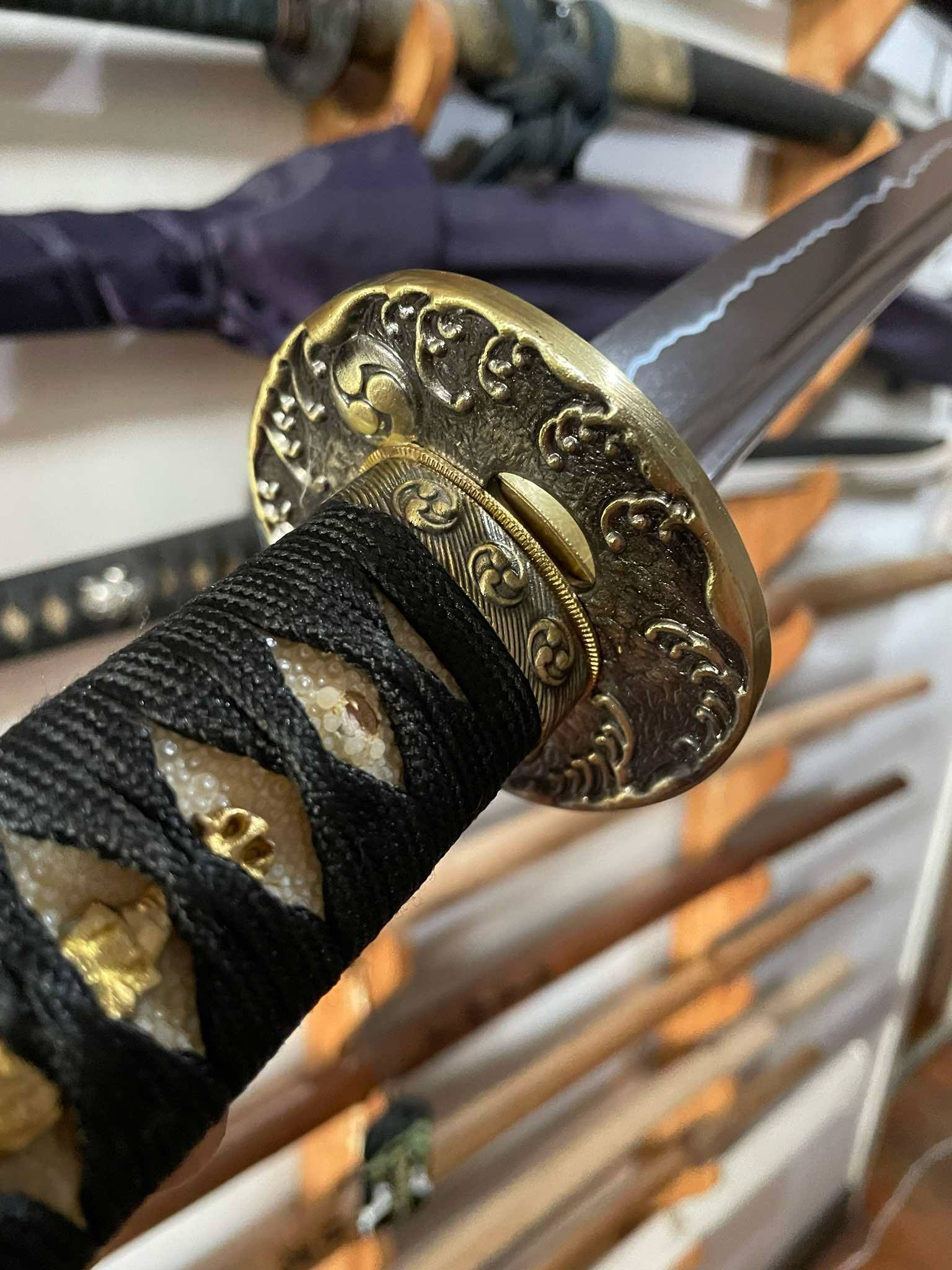
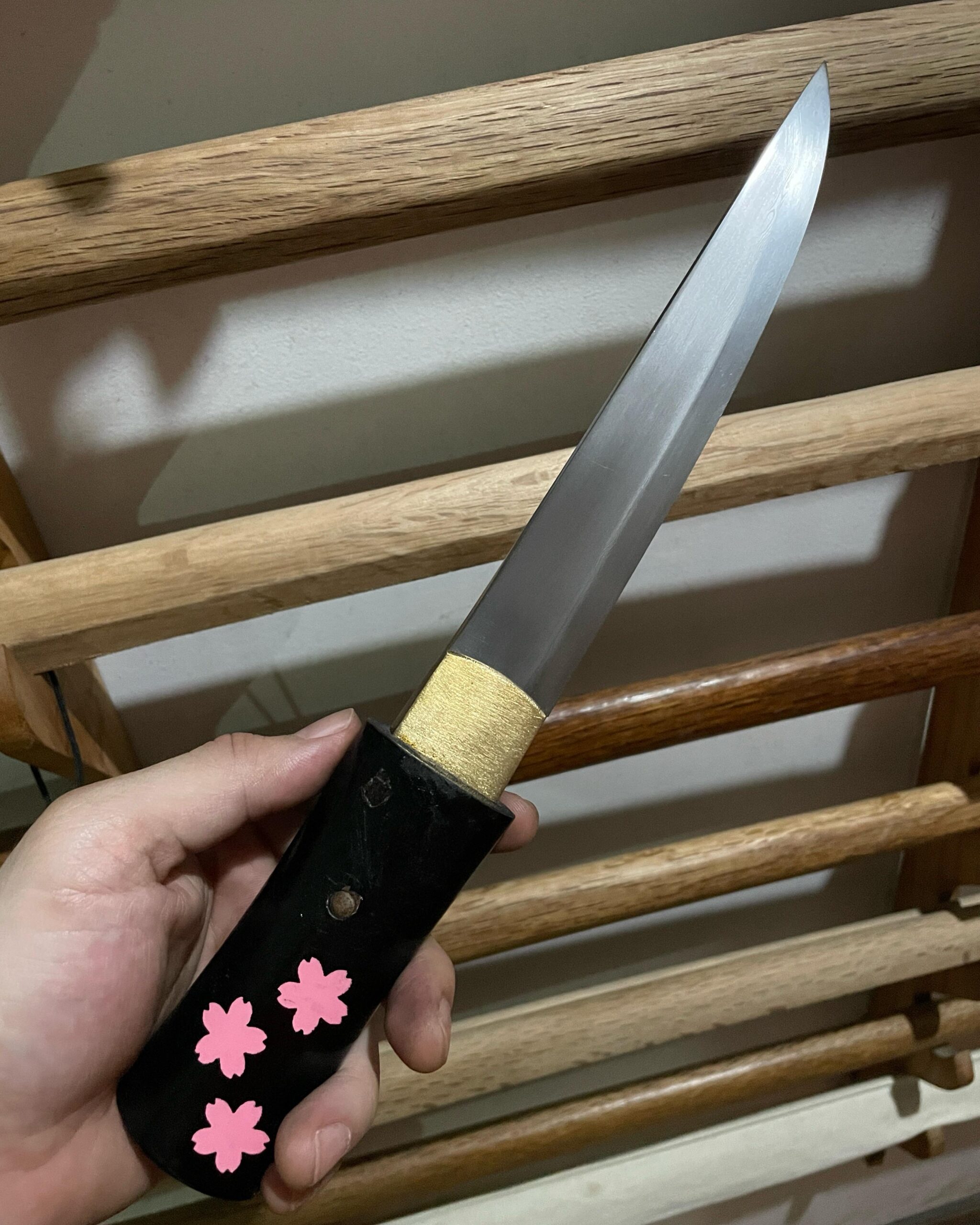
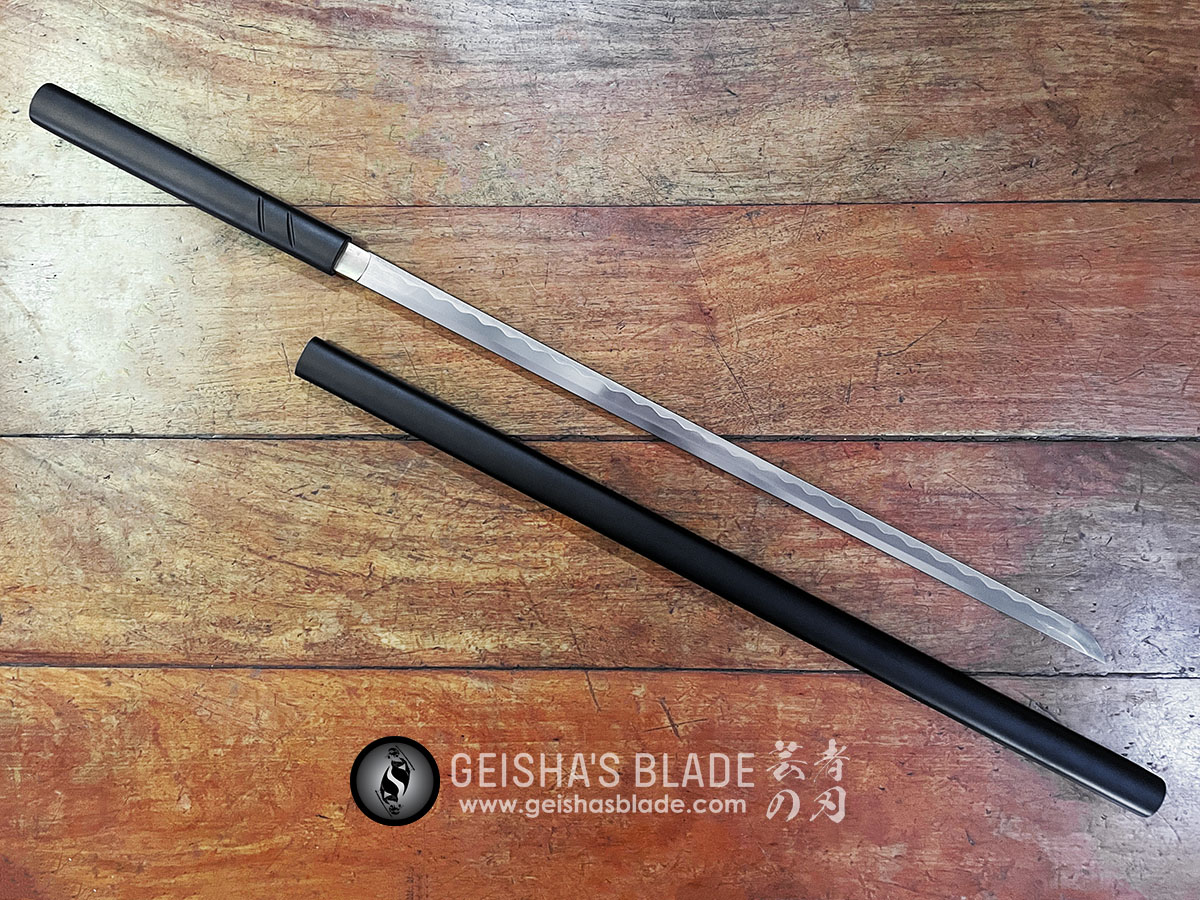


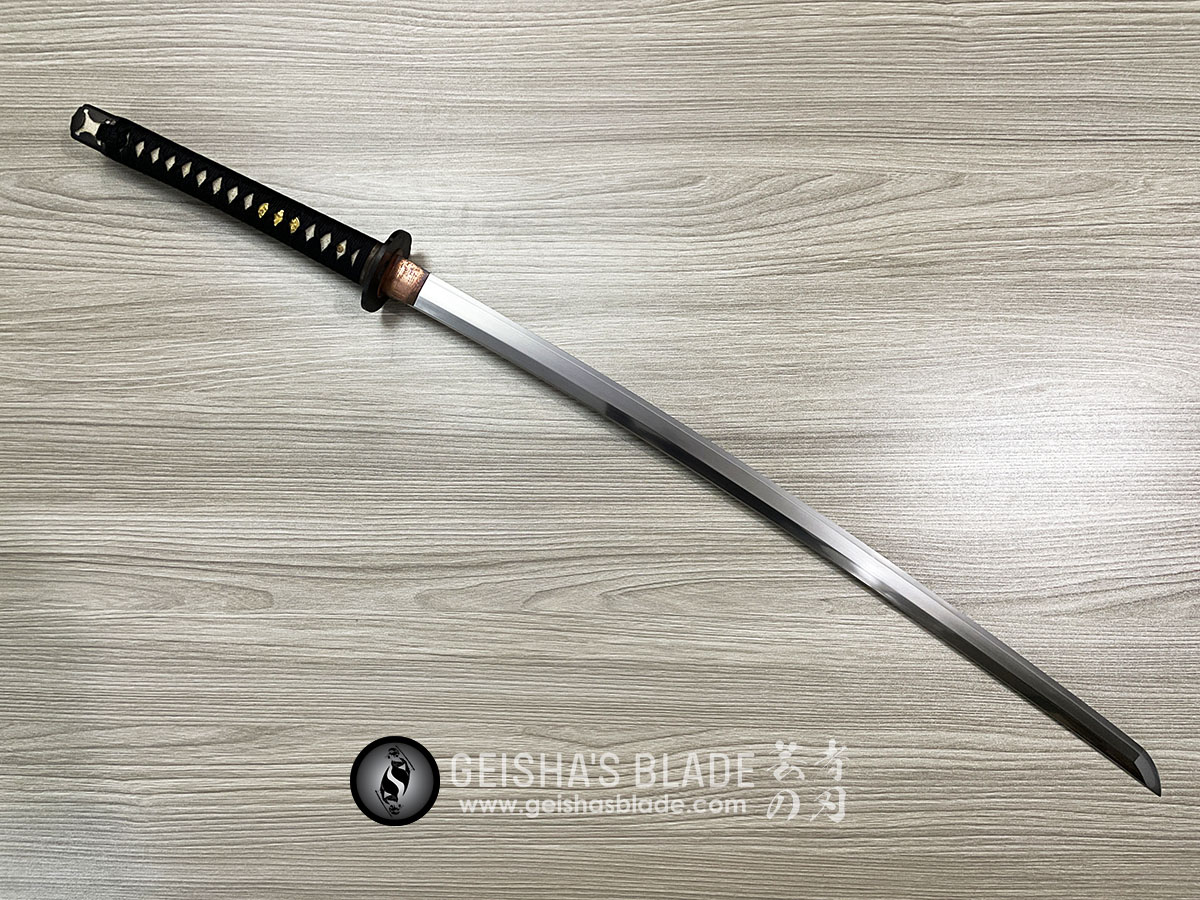
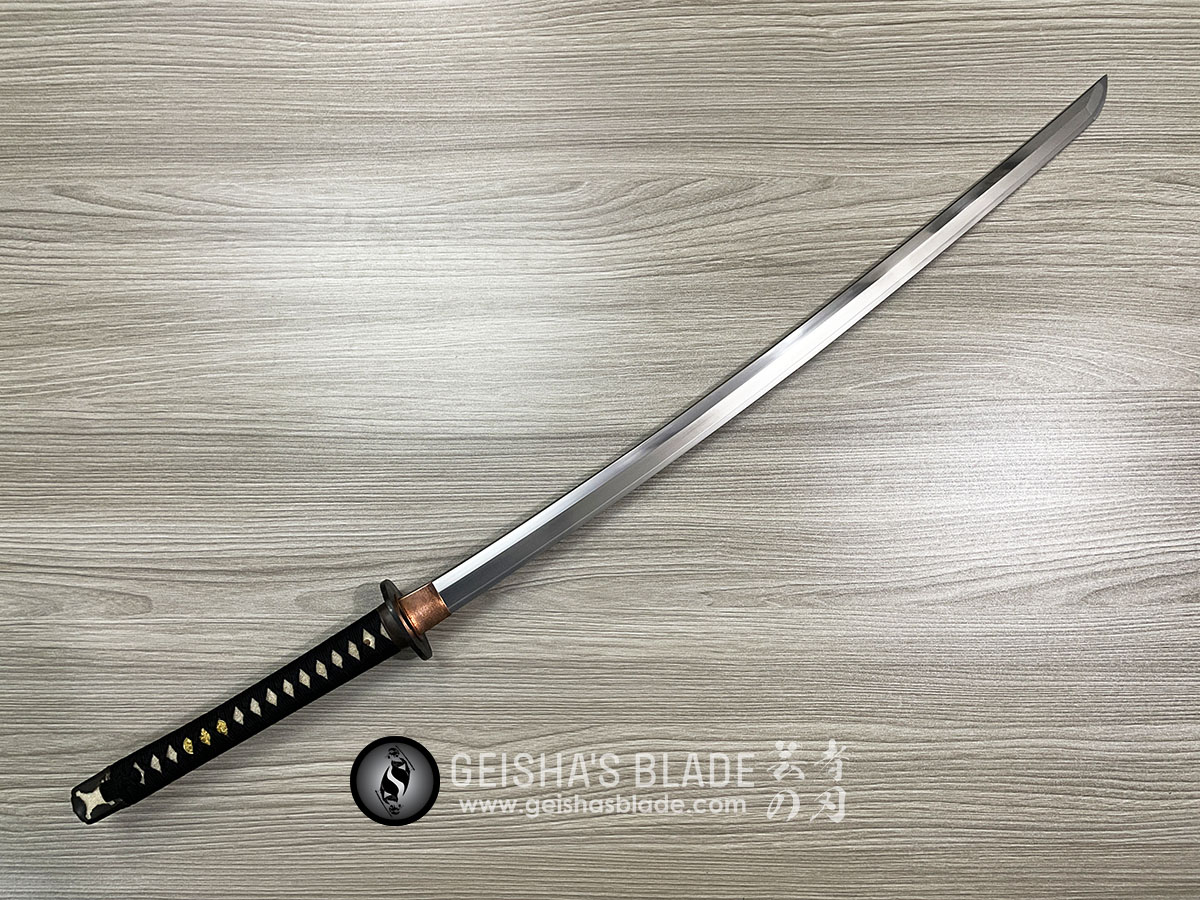

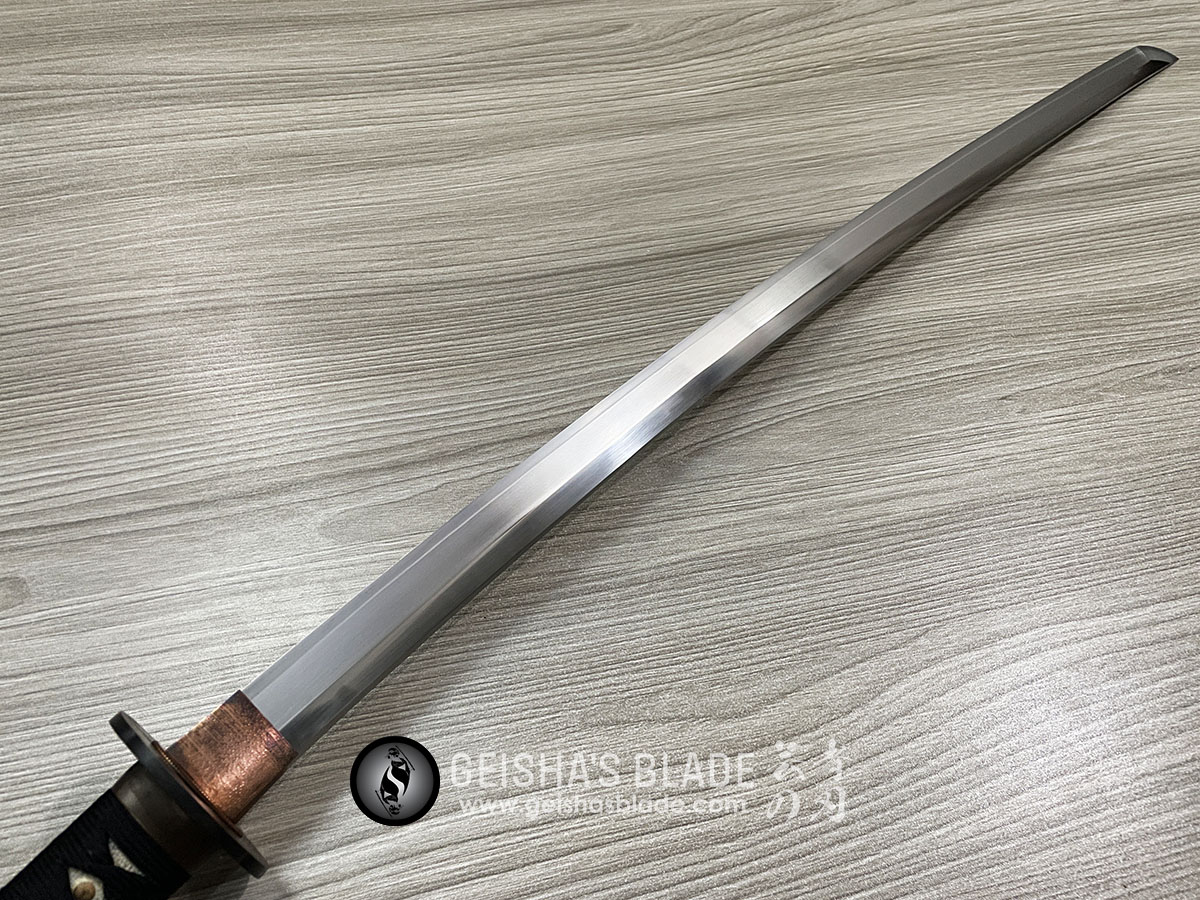
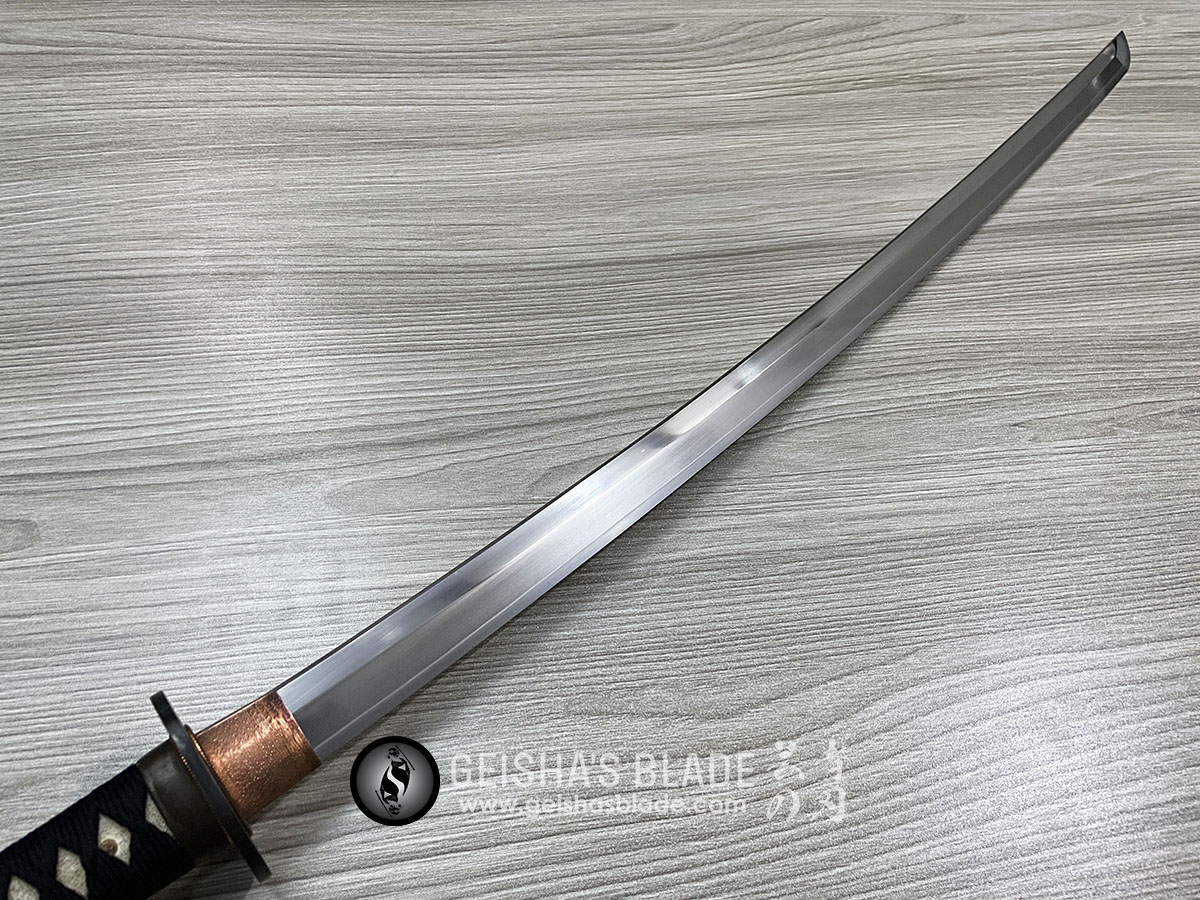
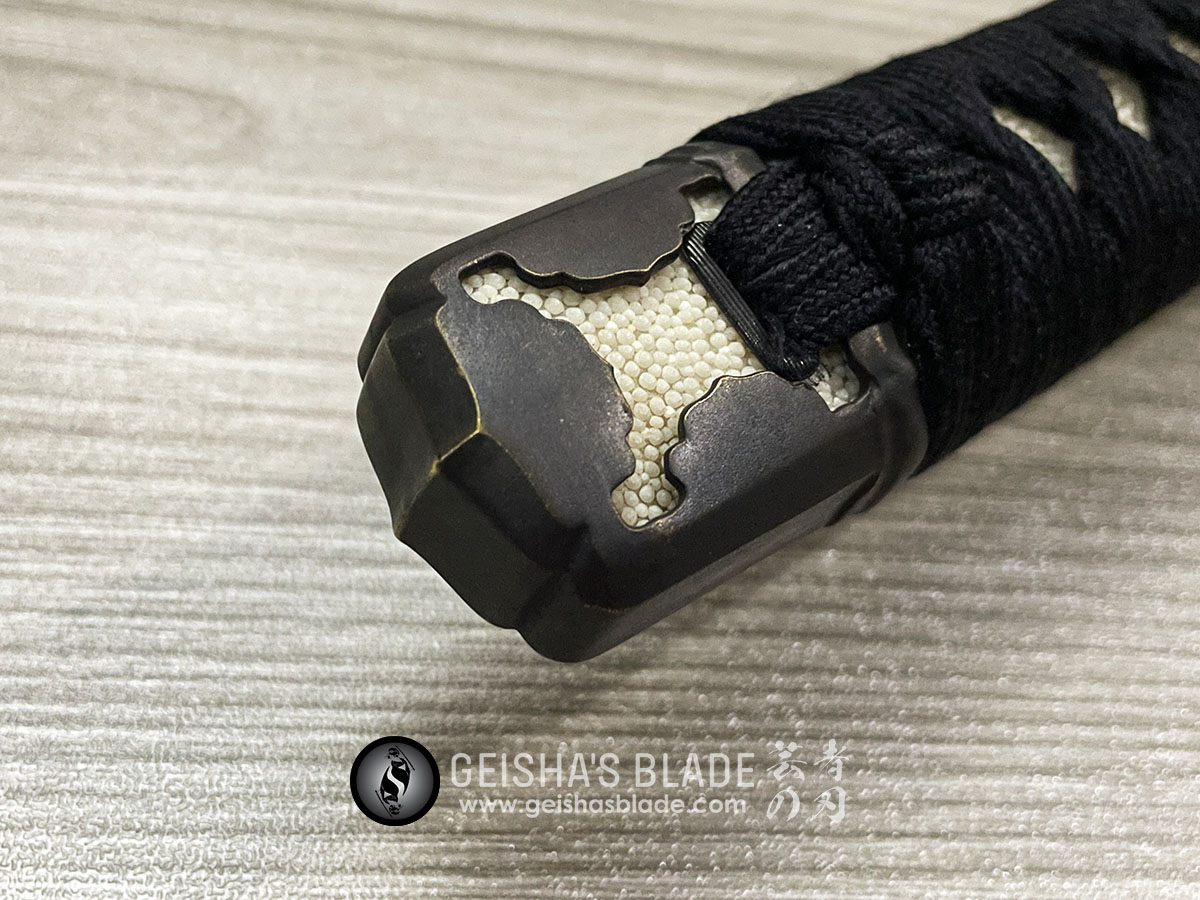
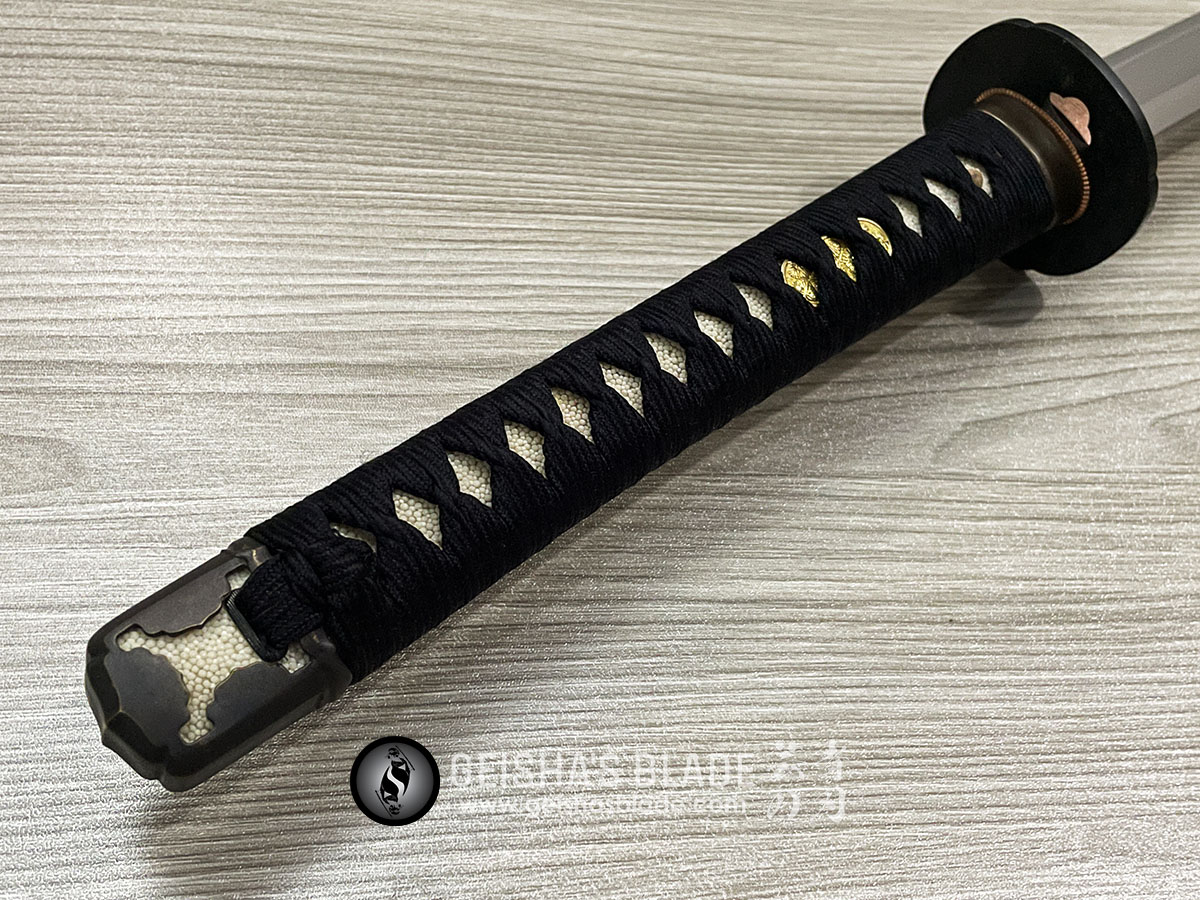
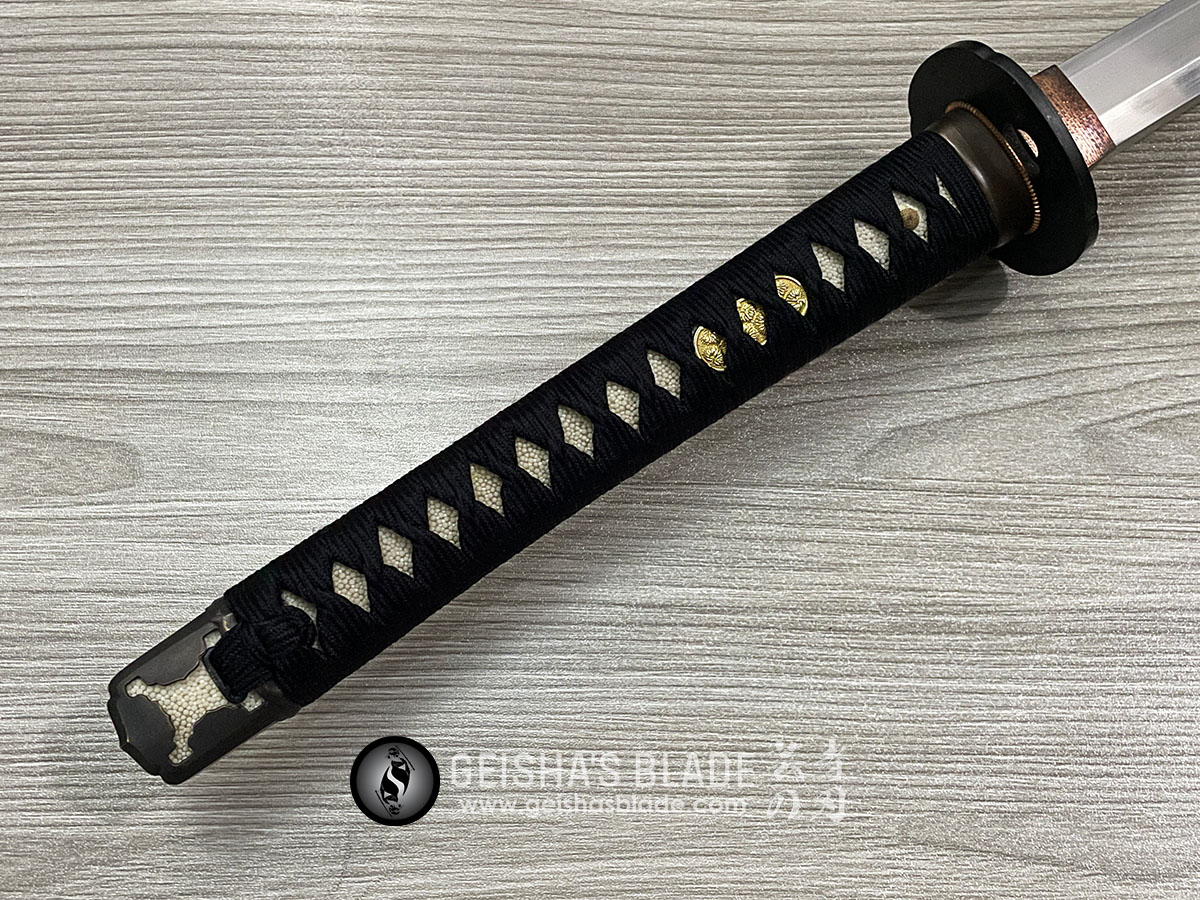


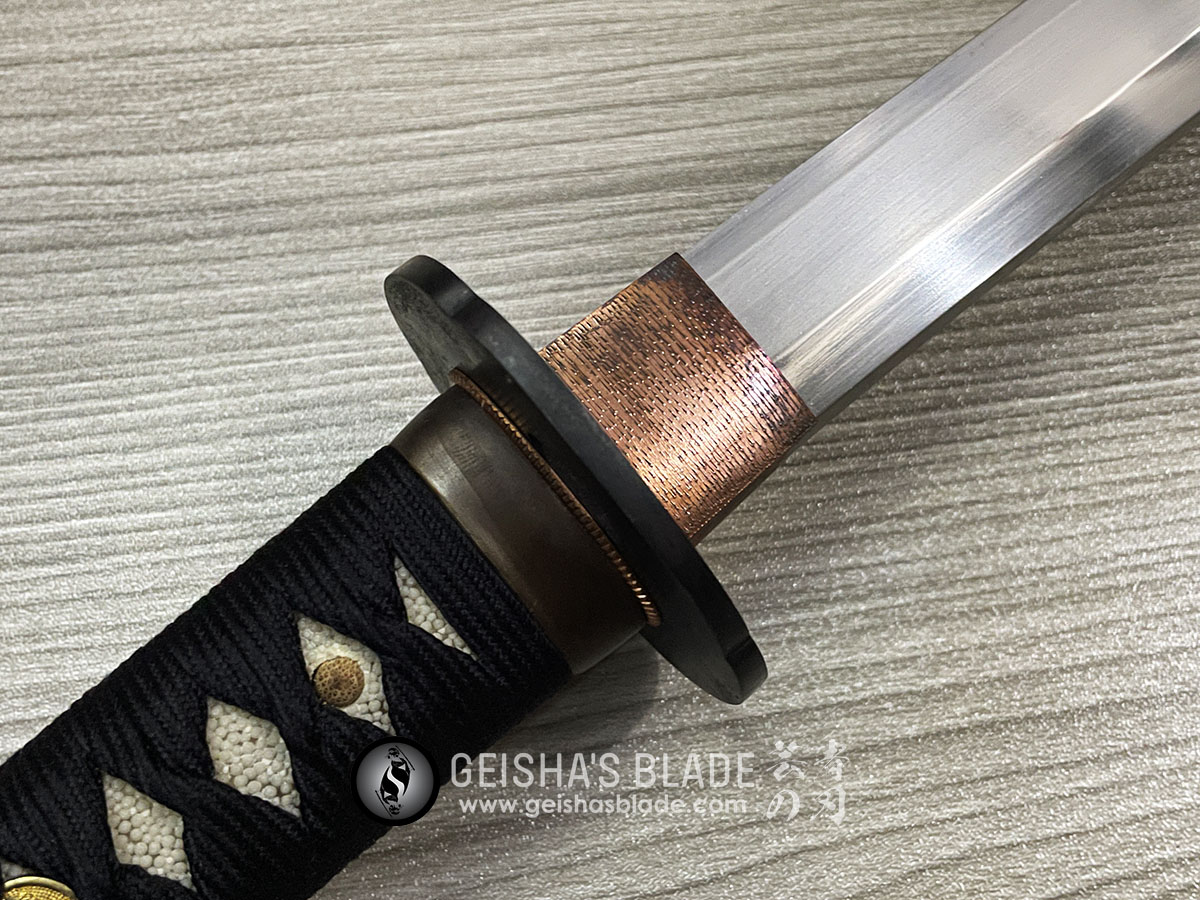

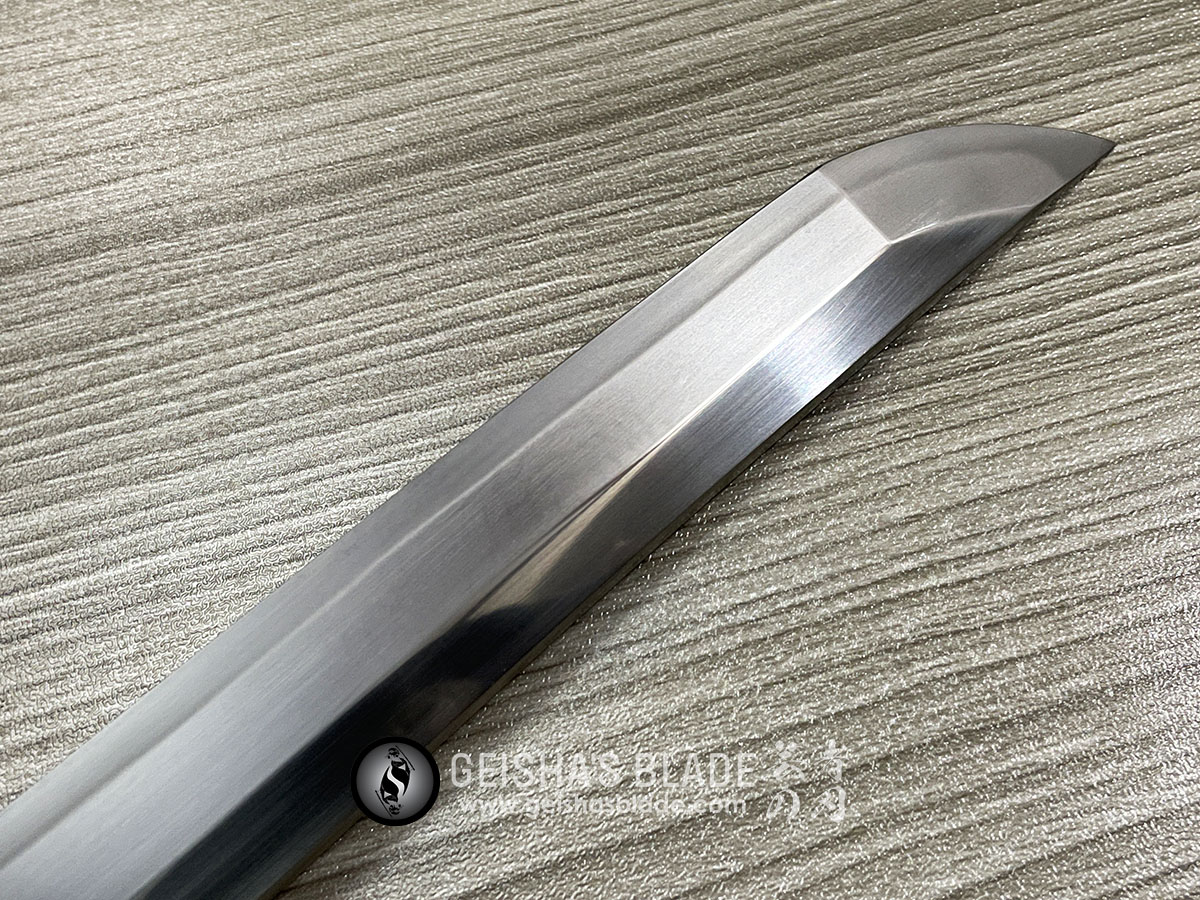
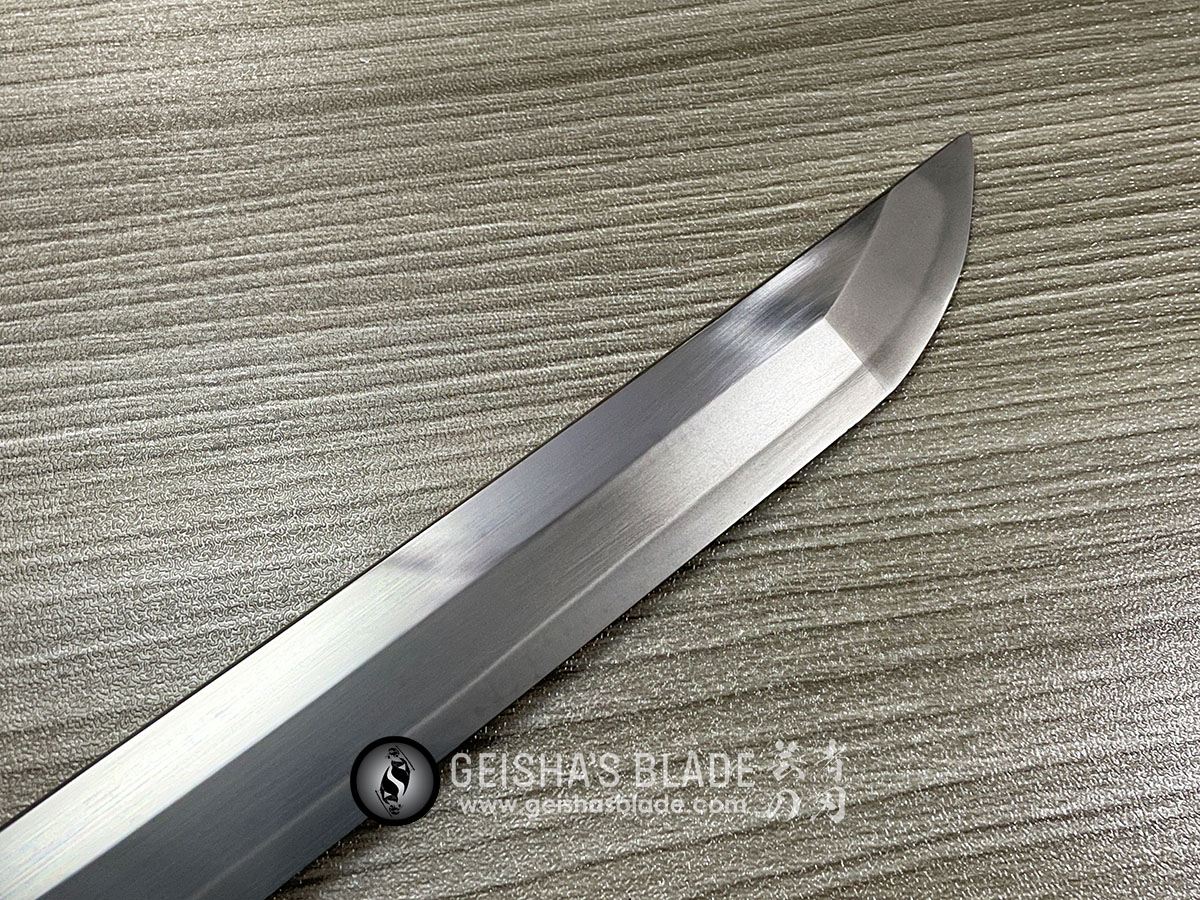

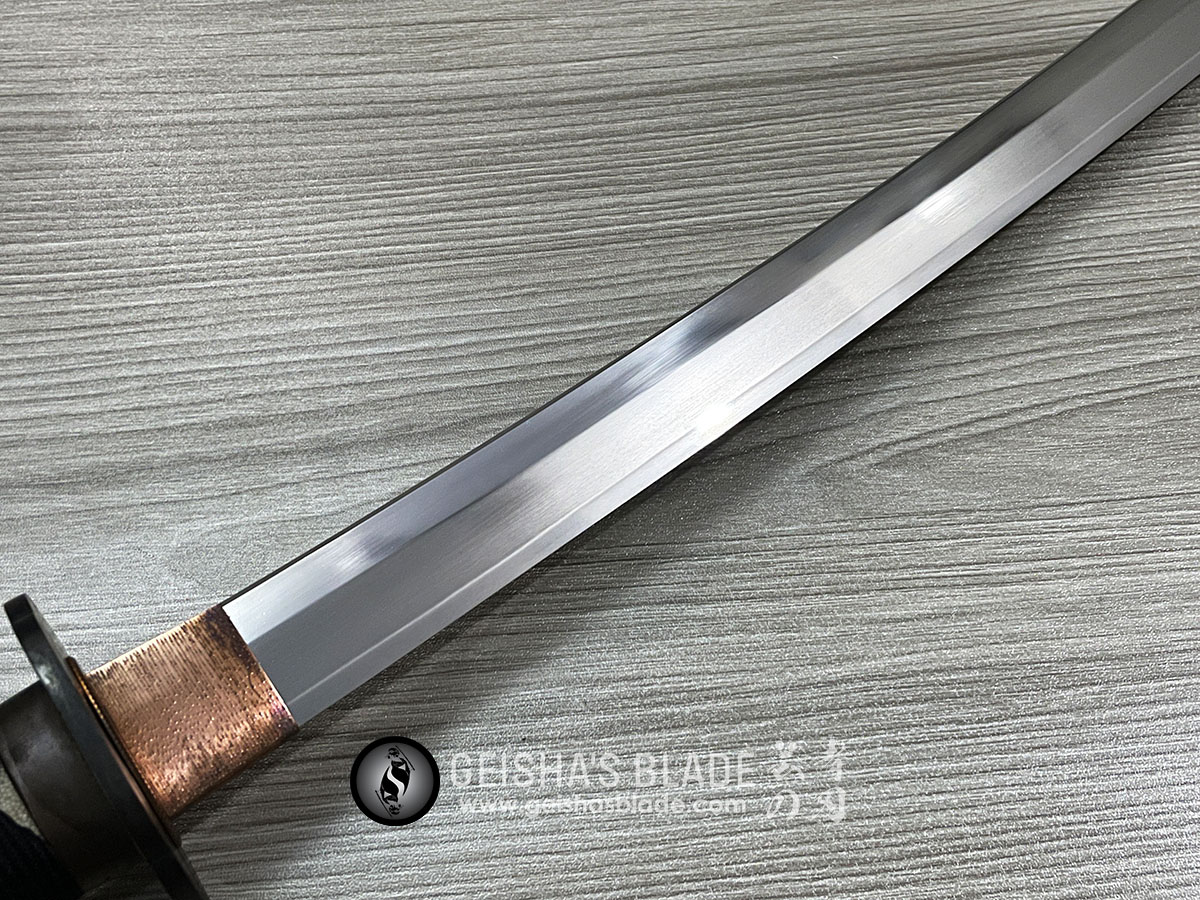
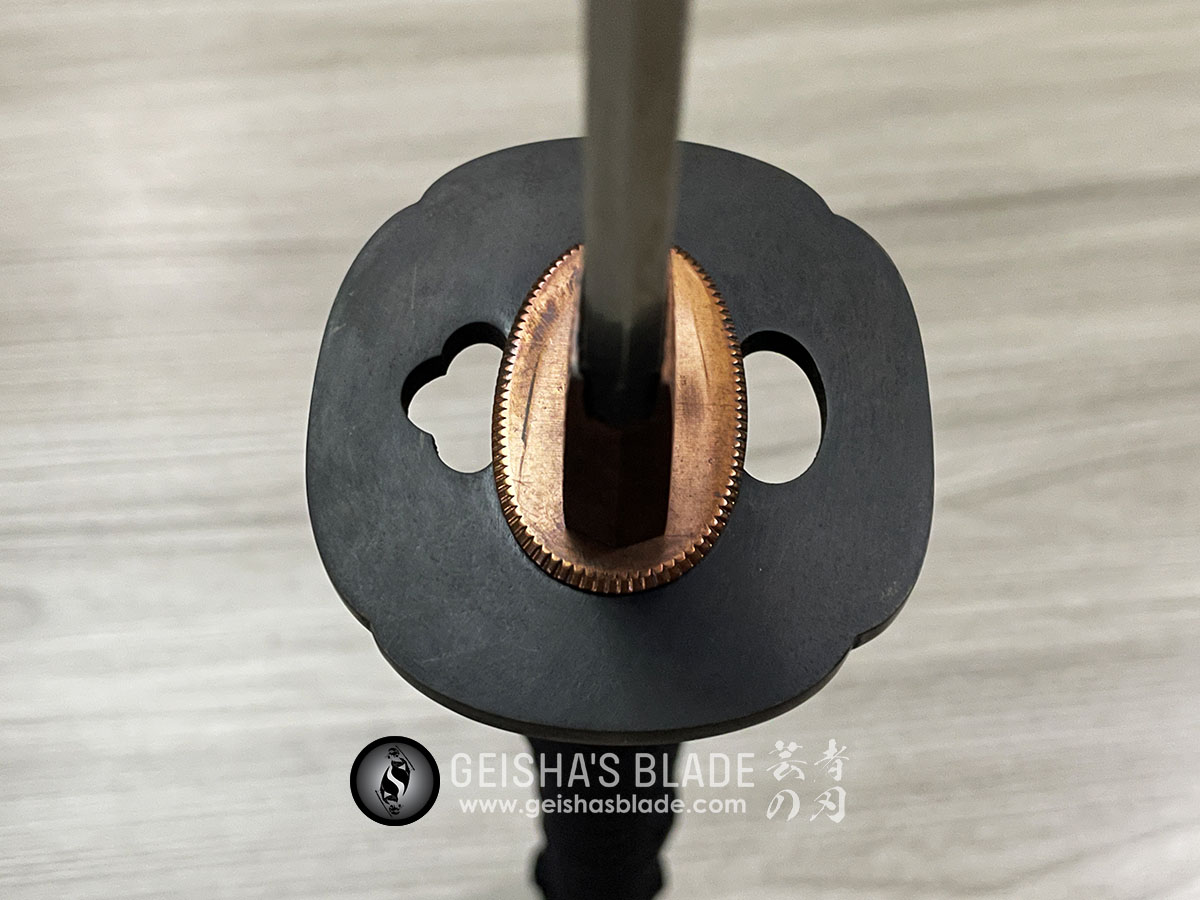
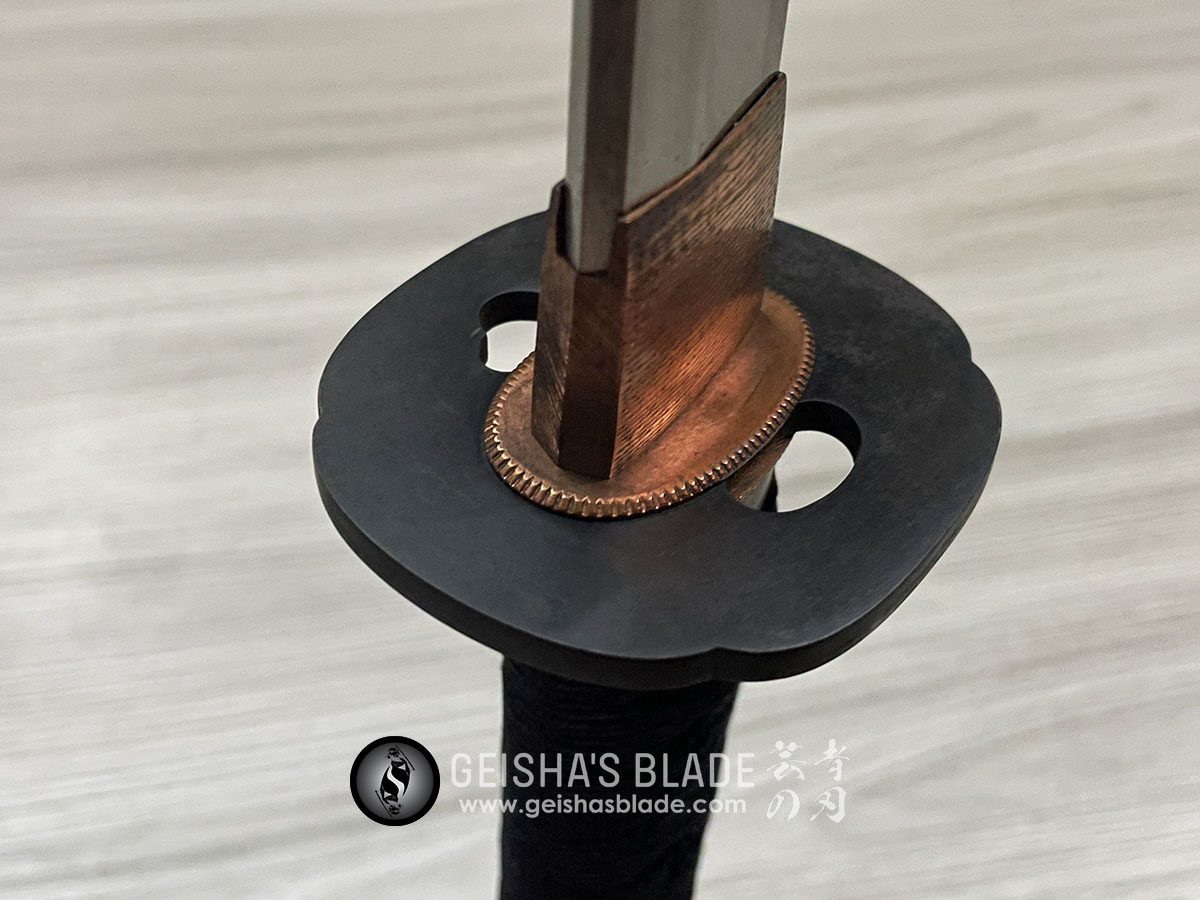
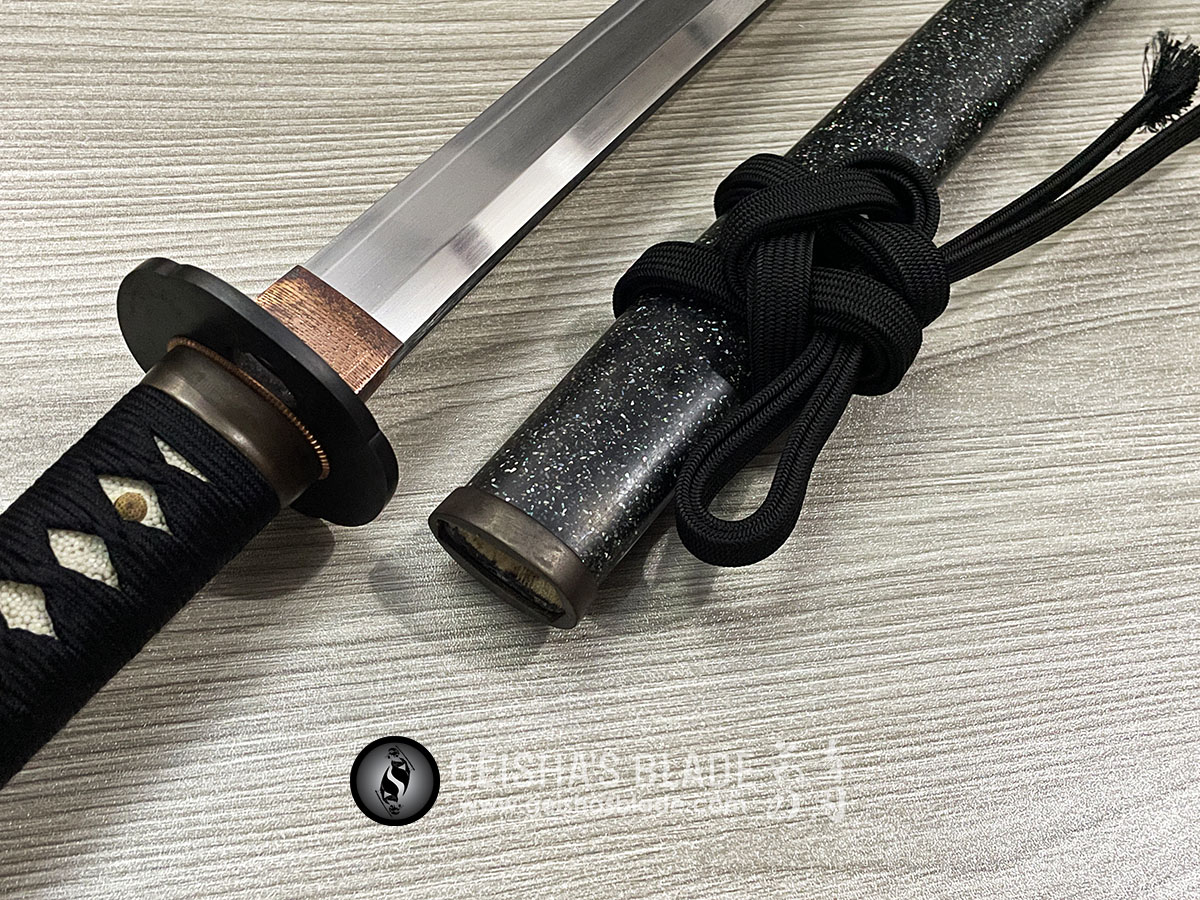


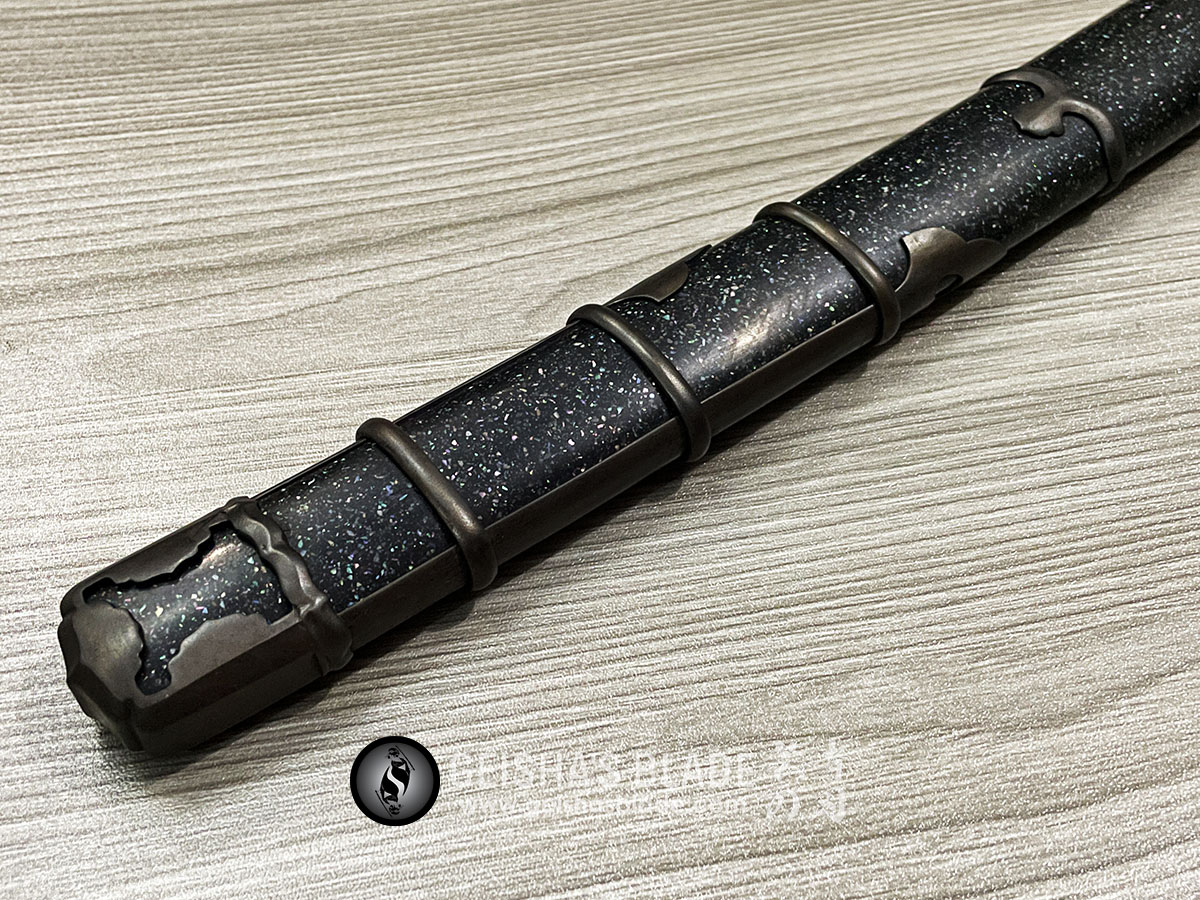
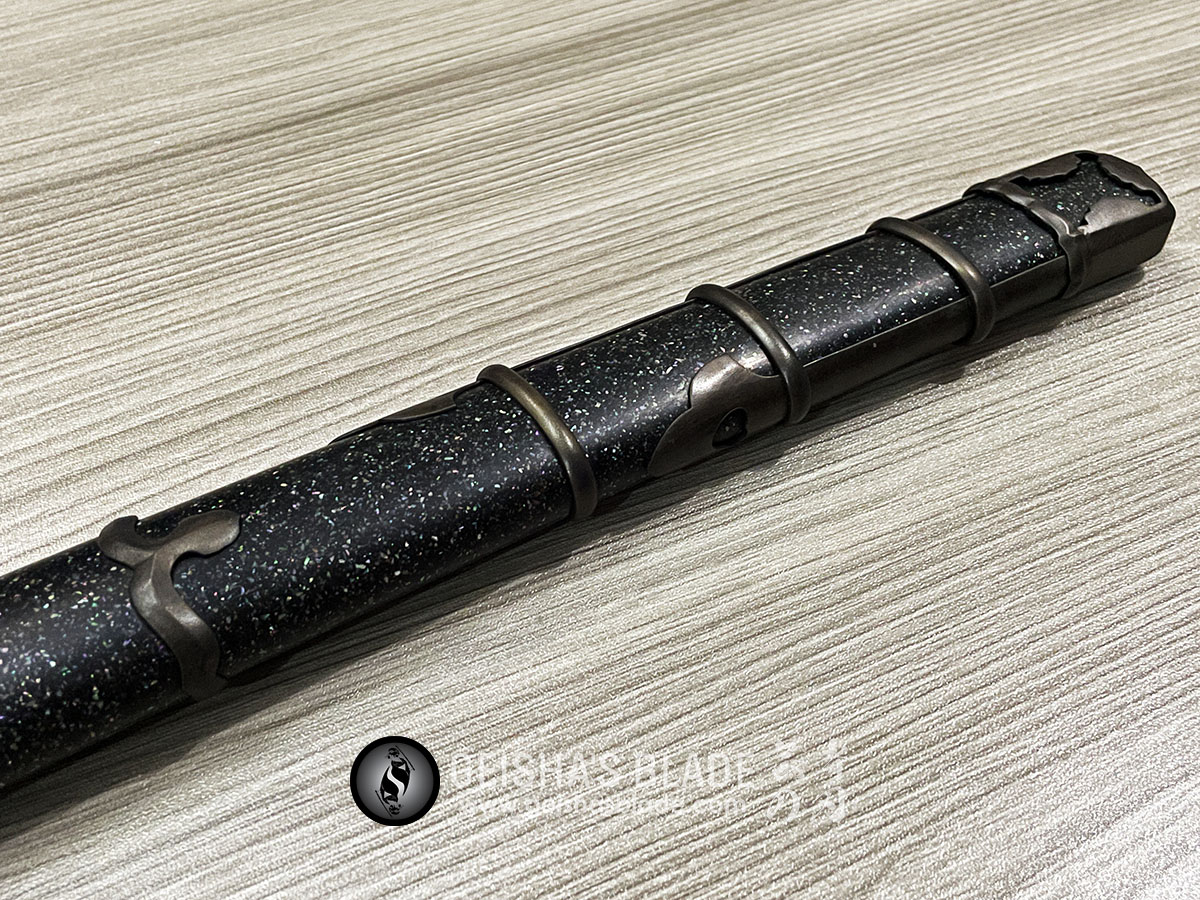
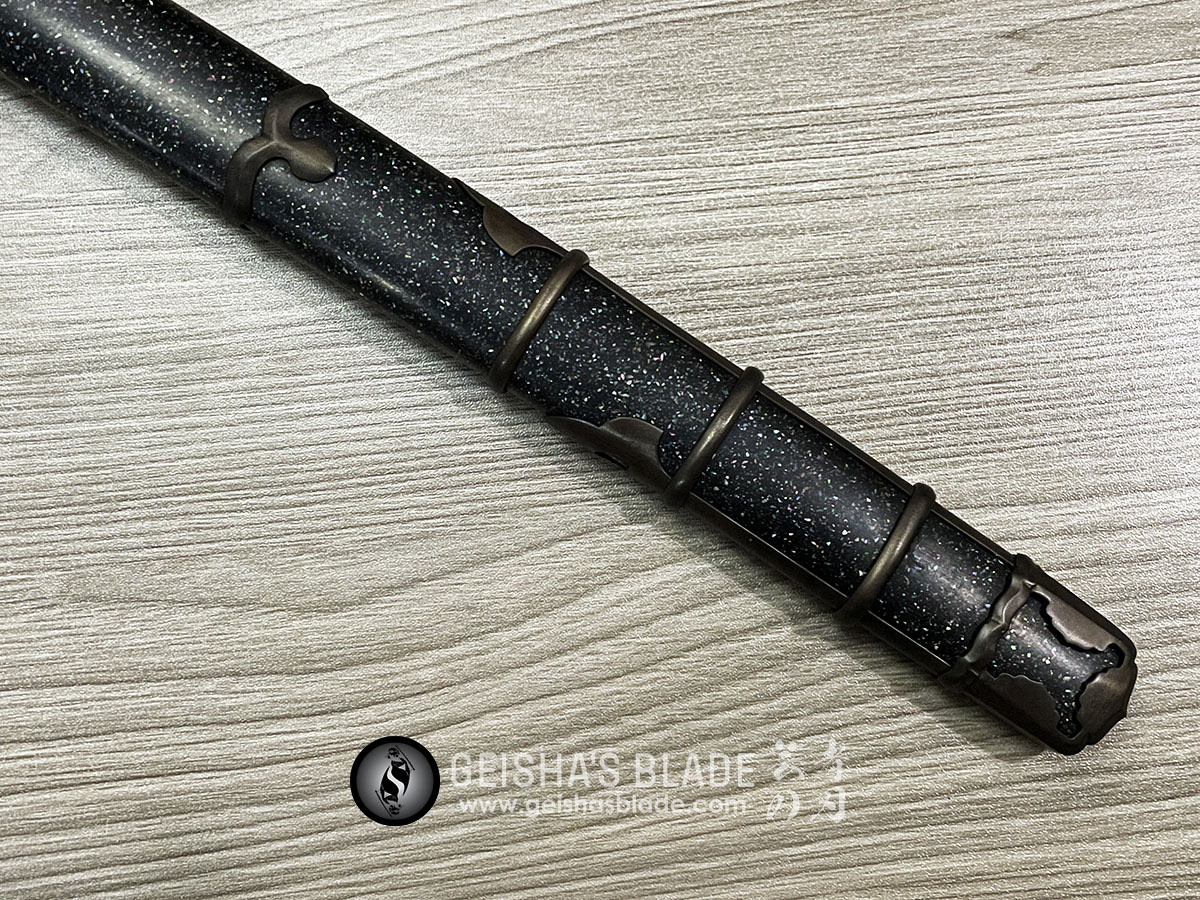
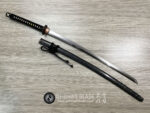

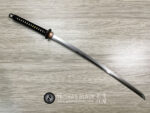
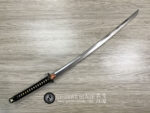


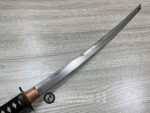
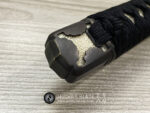
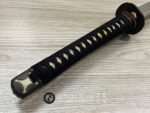
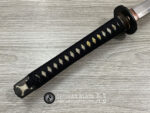

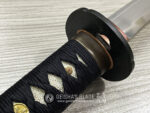
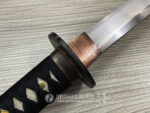
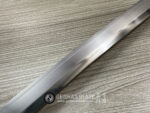

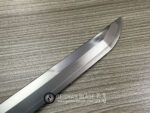
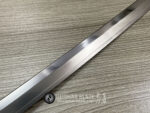

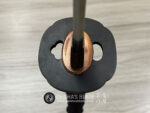
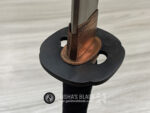
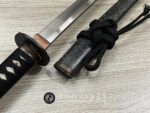

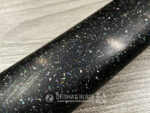
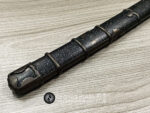
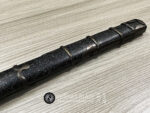
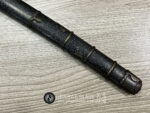
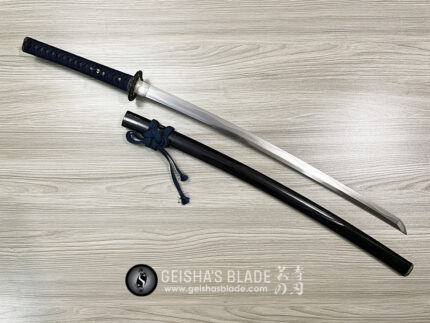

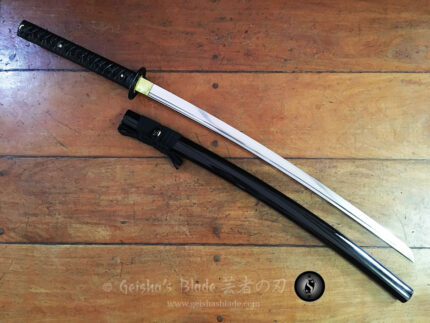
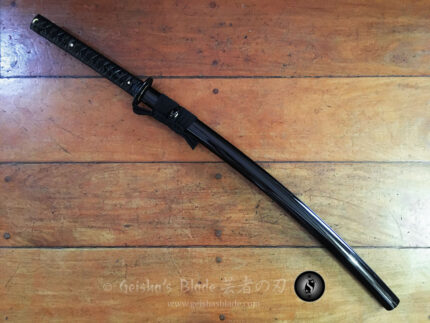
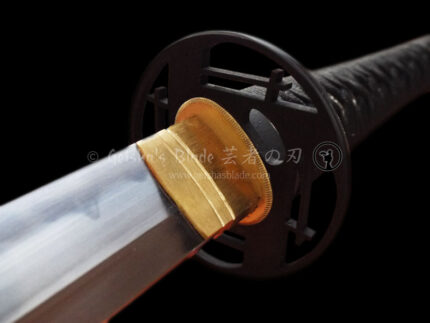
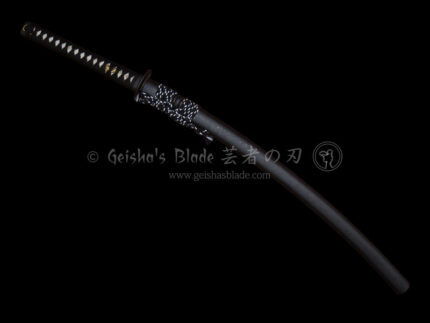
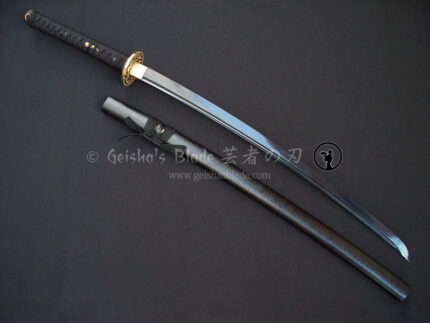

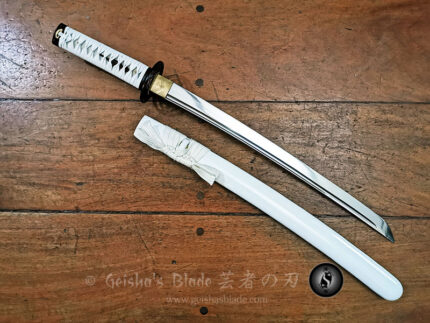


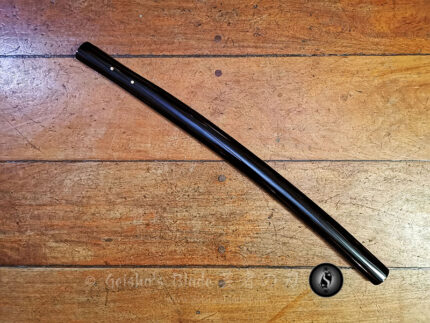
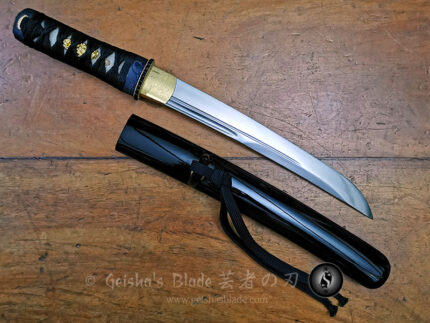
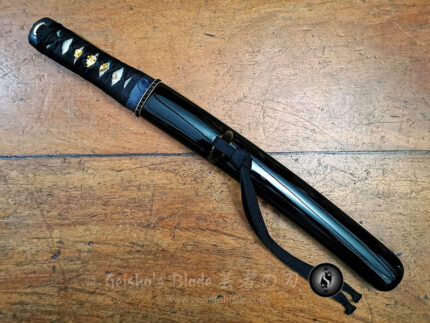
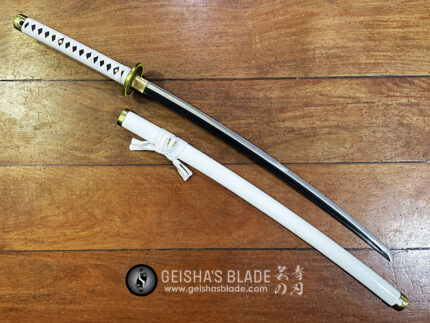
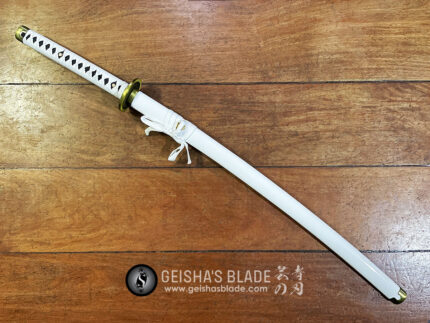
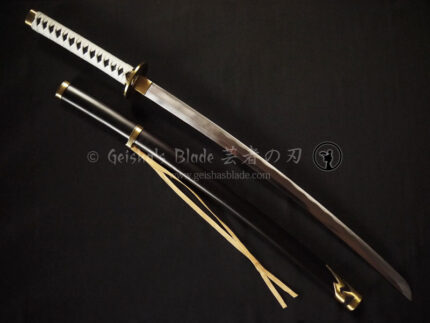
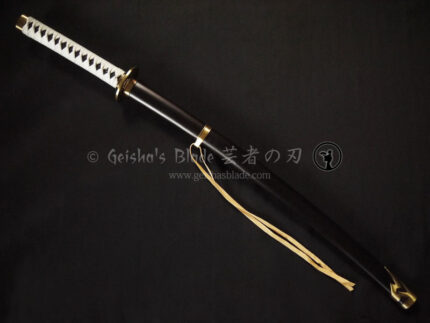
Reviews
There are no reviews yet.